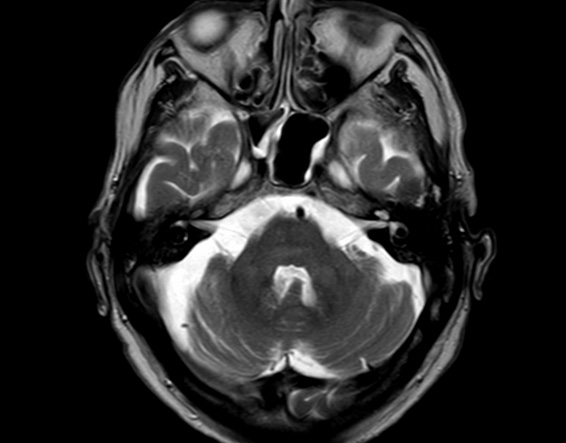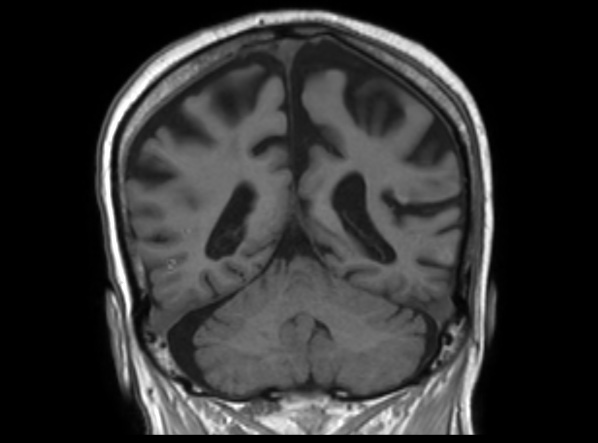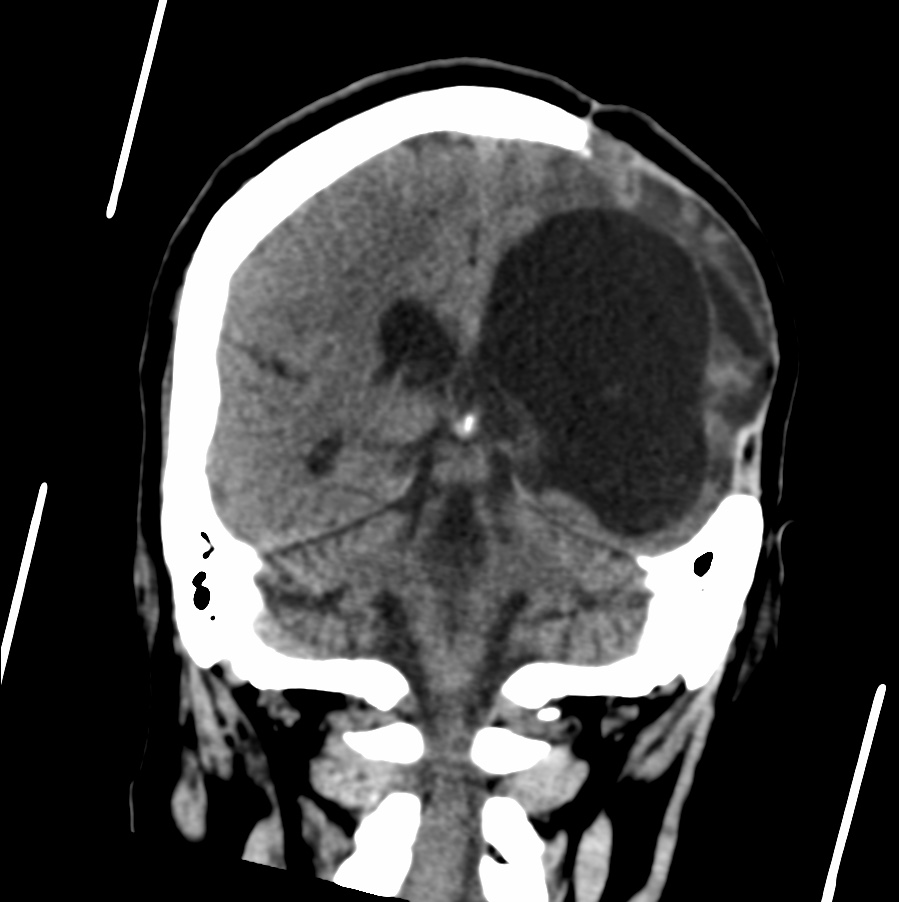




Crossed cerebellar diaschisis refers to a depression in function, metabolism, and perfusion affecting a cerebellar hemisphere occurring as a result of a contralateral focal supratentorial lesion, classically an infarct.
Diaschisis in the brain, by definition, refers to an acute inhibition of function and metabolism produced by a focal disturbance in a portion of the brain at a distance from the original site of injury but connected via white matter tracts . Although initially defined as caused by an acute lesion, many sources in the literature employ a more liberal definition and refer to it being related to a lesion of any temporal duration .
When affecting the cerebellum, it is a well-recognized phenomenon following cerebral infarction , although it can be a sequela of any significant supratentorial lesion. The most likely mechanism is thought to be interruption of cortico-ponto-cerebellar white matter tracts, which then results in deafferentation and hypometabolism of the contralateral cerebellar hemisphere.
Reference: